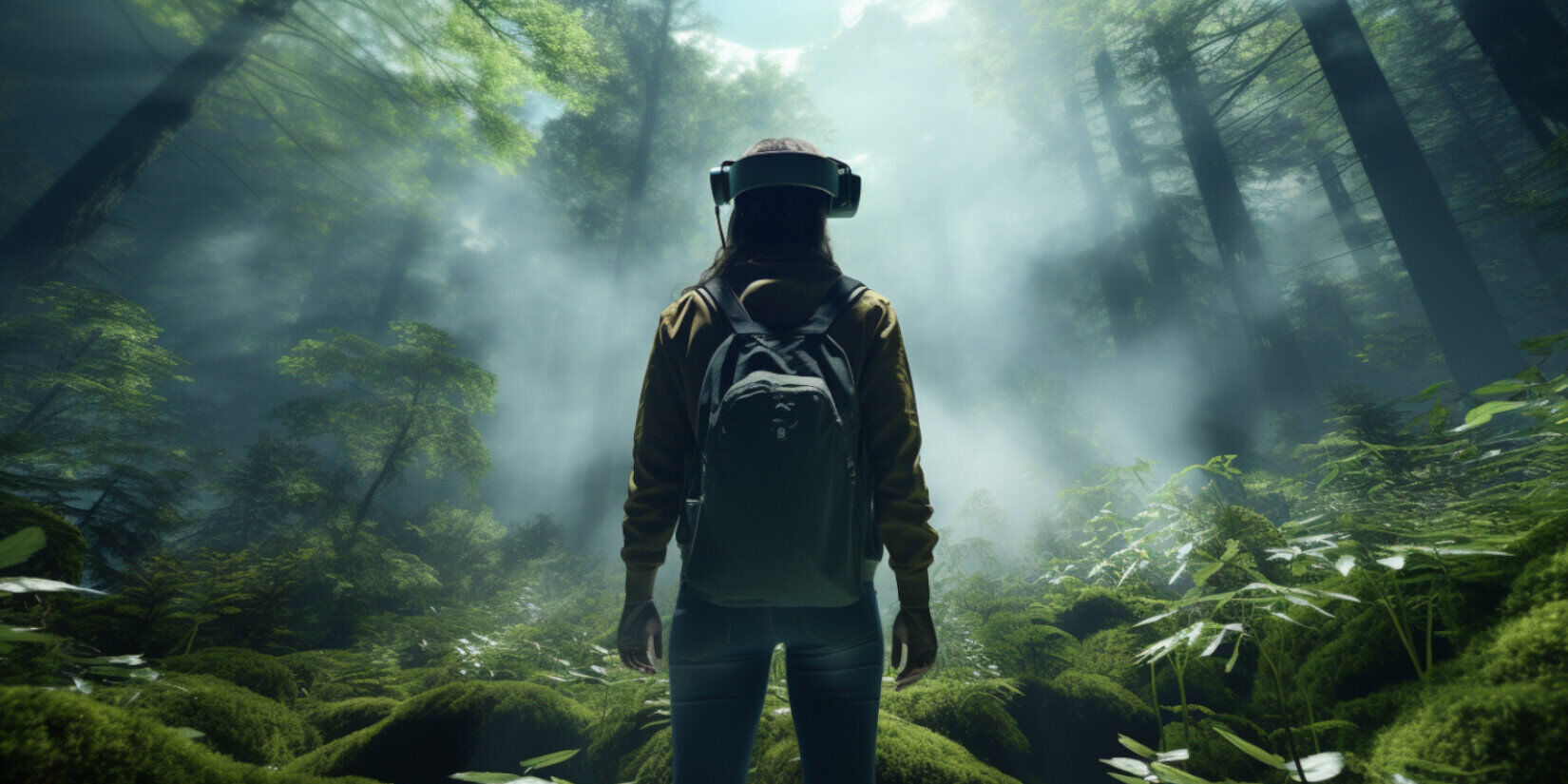Virtual reality (VR) has made significant progress in recent years. While many people associate VR with the entertainment industry, it is often overlooked how this technology can be used in other areas, especially environmental protection. This article explores how VR helps protect our environment.
Education and awareness
One of VR’s most powerful contributions to environmental protection is education. VR offers a unique opportunity to transform complex and often abstract environmental problems into tangible experiences. Imagine immersing yourself in a VR world where you can experience the destruction of the rainforest or the pollution of the oceans firsthand. These immersive experiences can lead to a deeper understanding and emotional connection to the issues, which in turn can lead to more proactive environmental stewardship.
Virtual field research
Field research is often expensive, time consuming, and in some cases can impact the environment. By using VR, scientists and researchers can create virtual models of ecosystems to study their dynamics and interactions without having to be physically on site.
Reduction of business travel
The business world relies heavily on travel. However, air travel contributes significantly to carbon emissions. By using VR for virtual meetings and conferences, companies can reduce the need for business travel, which in turn reduces their carbon footprint.
Sustainability simulations
Through VR, urban planners and architects can test sustainable solutions in a simulated environment. This makes it possible to find the best methods for integrating renewable energy or creating green habitats without consuming real resources.
Conservation Fundraising
By creating immersive experiences where people can experience the beauty and fragility of our natural world, conservation organizations can emotionally engage potential supporters, increasing the likelihood of donations.
Training and preparation
VR can also be used to train environmentalists by simulating realistic scenarios. Whether dealing with oil spills or rescuing wildlife, VR allows trainers to practice situations in a safe and controlled environment.
Promote environmentally compatible products and services
Companies can use VR to showcase their green initiatives. By providing insight into a company’s sustainable processes, customers can be convinced to choose more environmentally friendly products.
Challenges and concerns
Despite the many benefits, there are also challenges. One of the main points of criticism is the energy consumption of VR systems. It is critical that the energy needed to support these systems comes from sustainable sources.
Another concern is the potential overconsumption of VR, which could lead to alienation from the real world. It is important that the use of VR complements and does not replace environmental protection.
Conclusion
Virtual reality has the potential to make a significant contribution to environmental protection. From education and awareness to reducing carbon footprints through virtual travel, VR offers a number of ways we can preserve our planet for future generations.
While there are still challenges to overcome, there is no doubt that VR, when used responsibly and effectively, can be a powerful tool in the fight against climate change and for the preservation of our planet. It is time to think beyond the traditional use of VR and explore the ways in which this technology can contribute to a more sustainable and environmentally friendly future.
